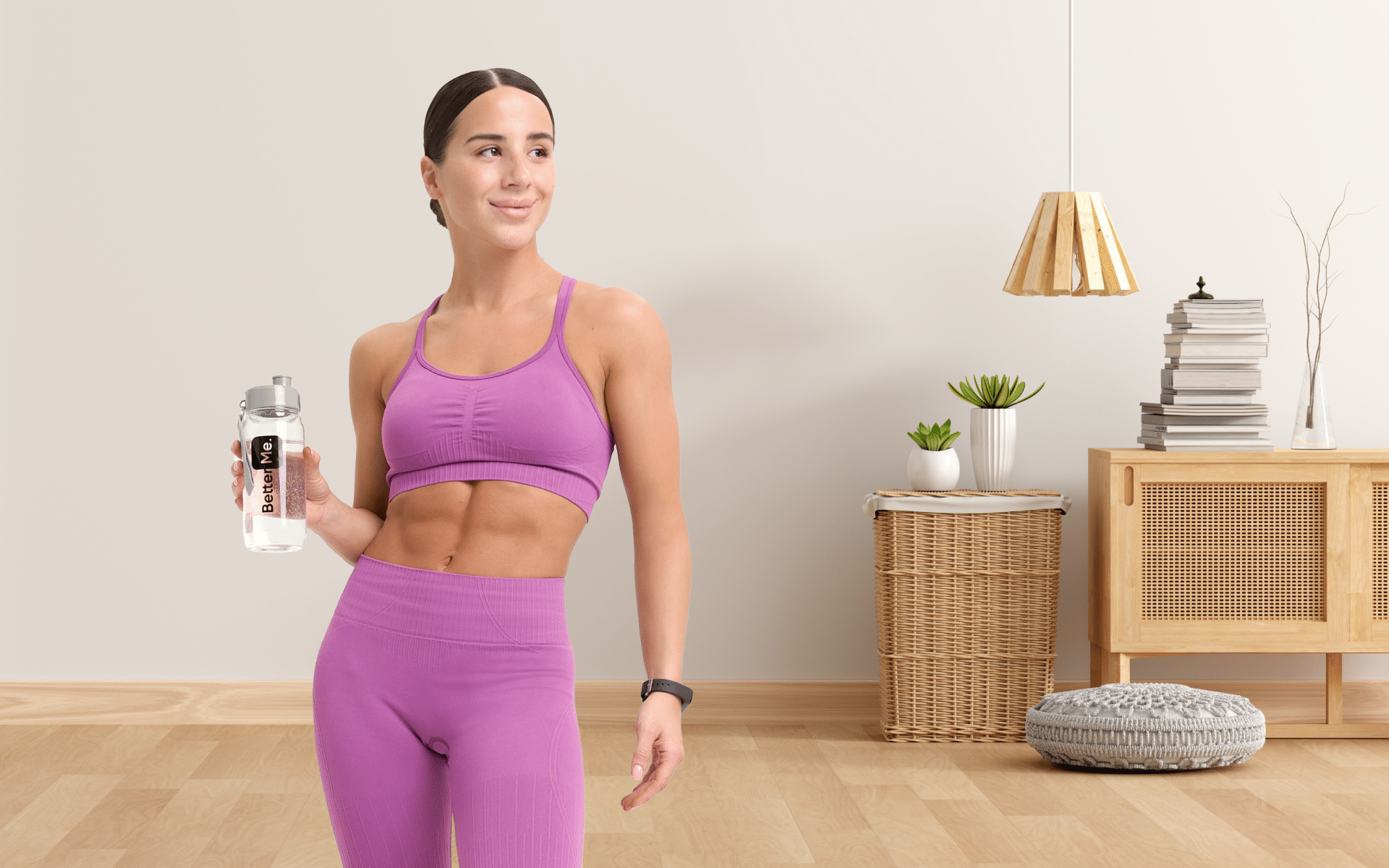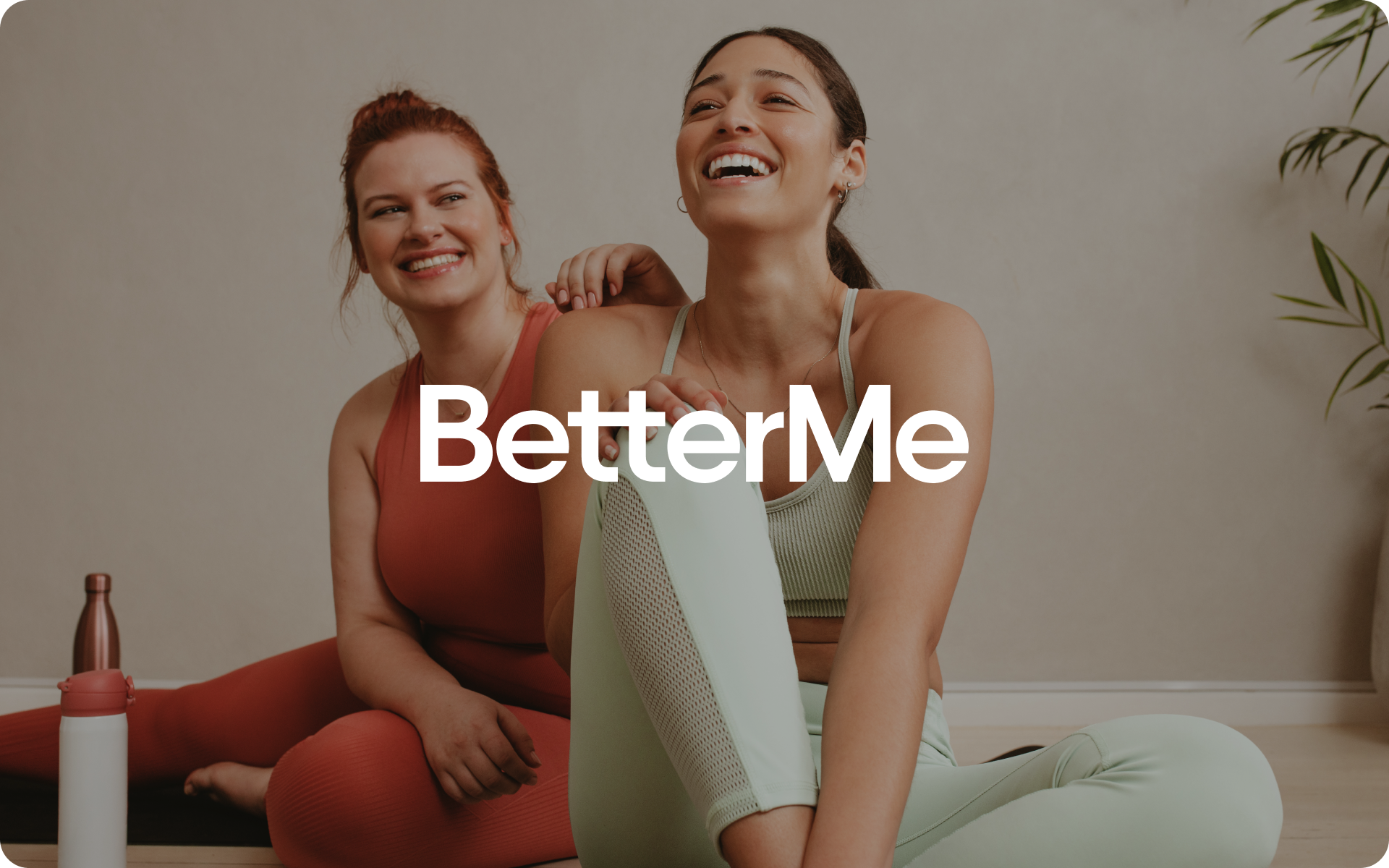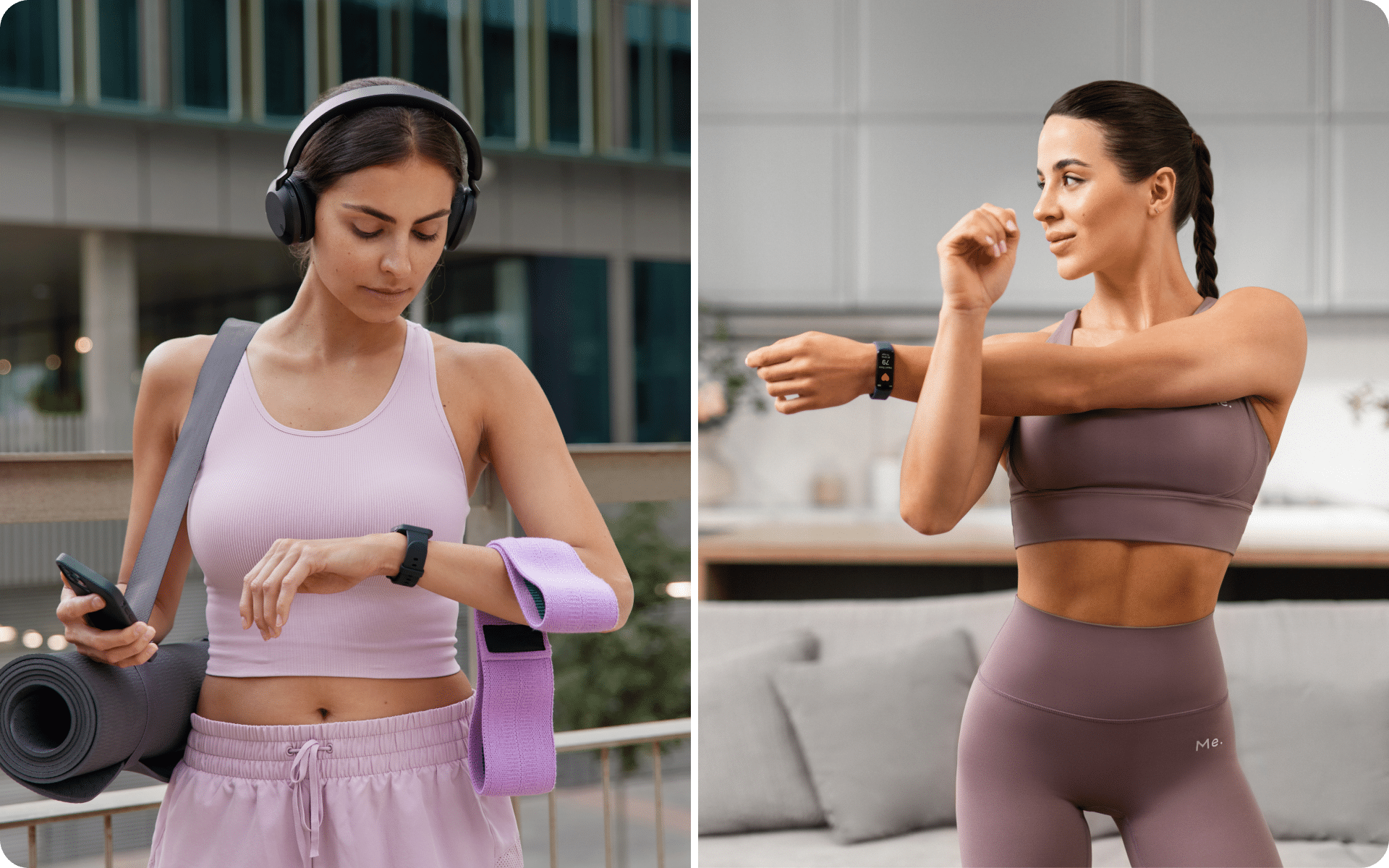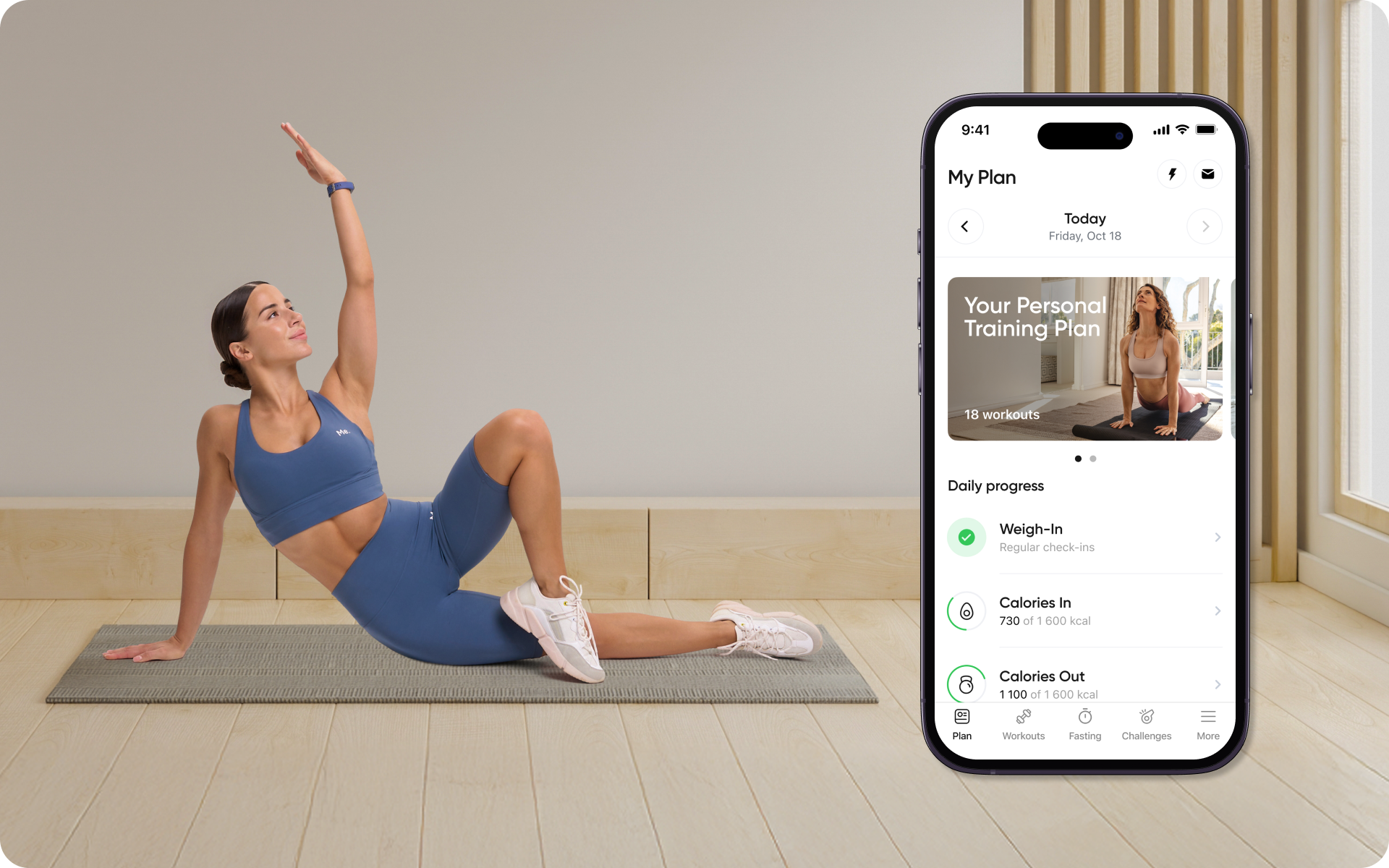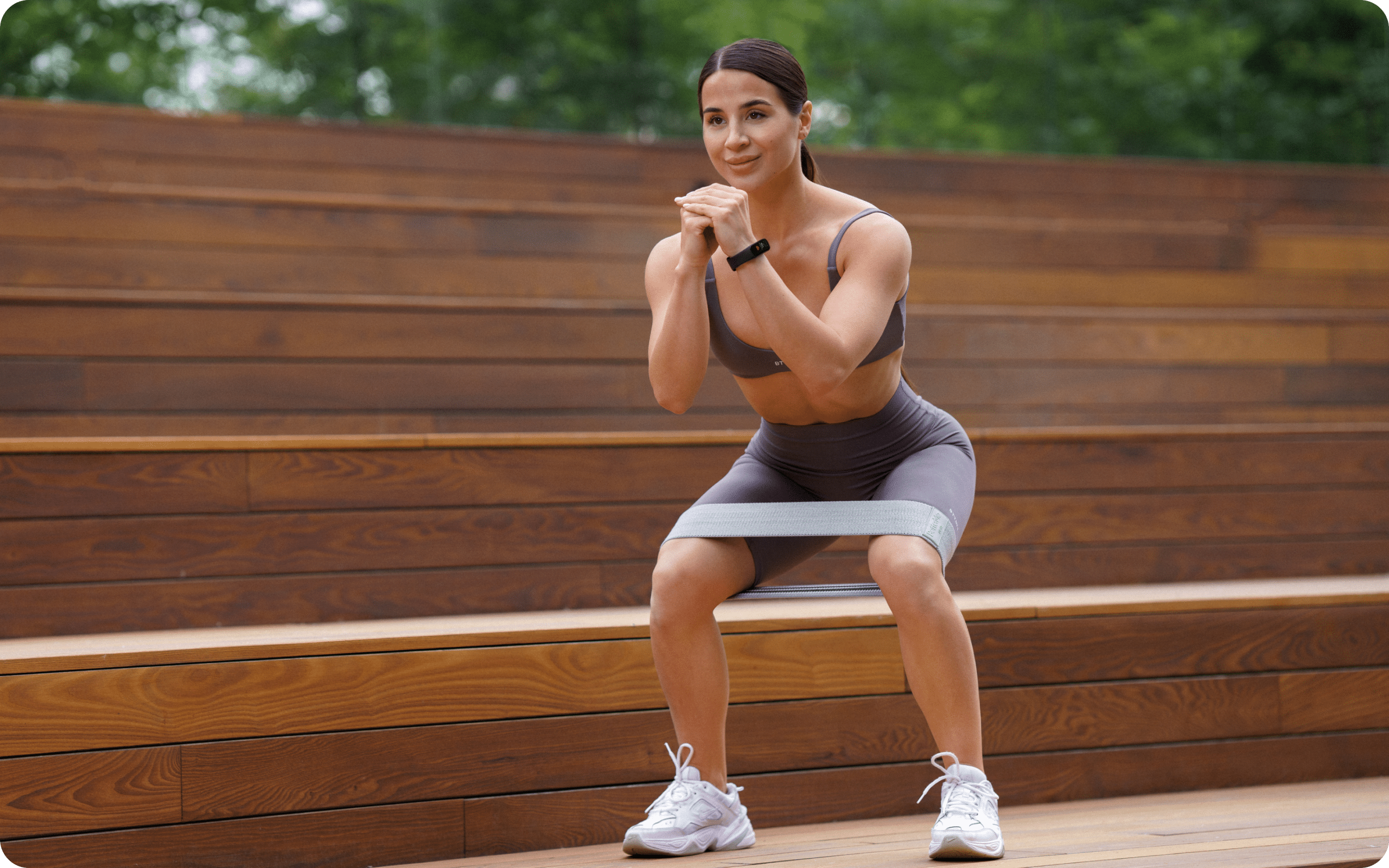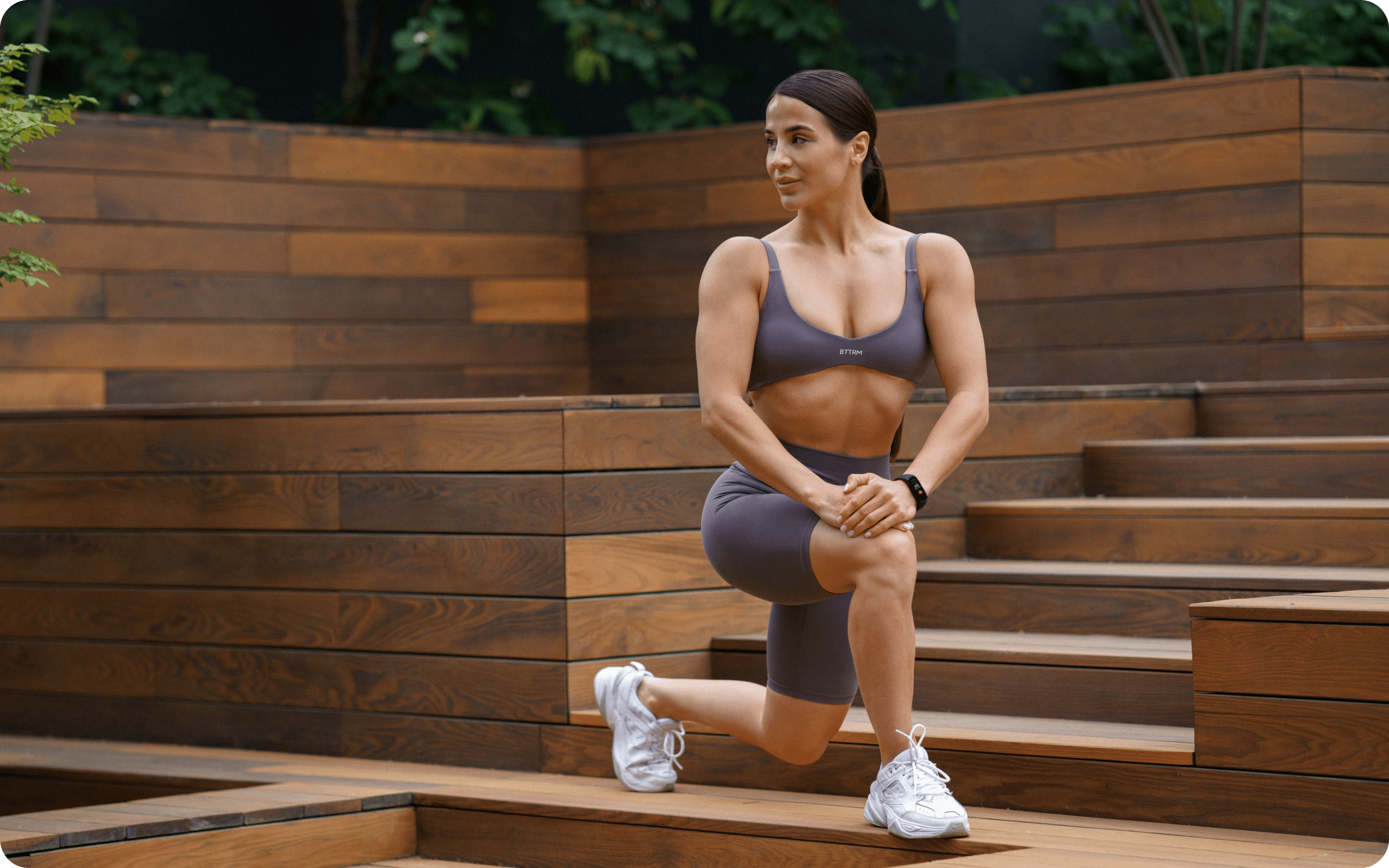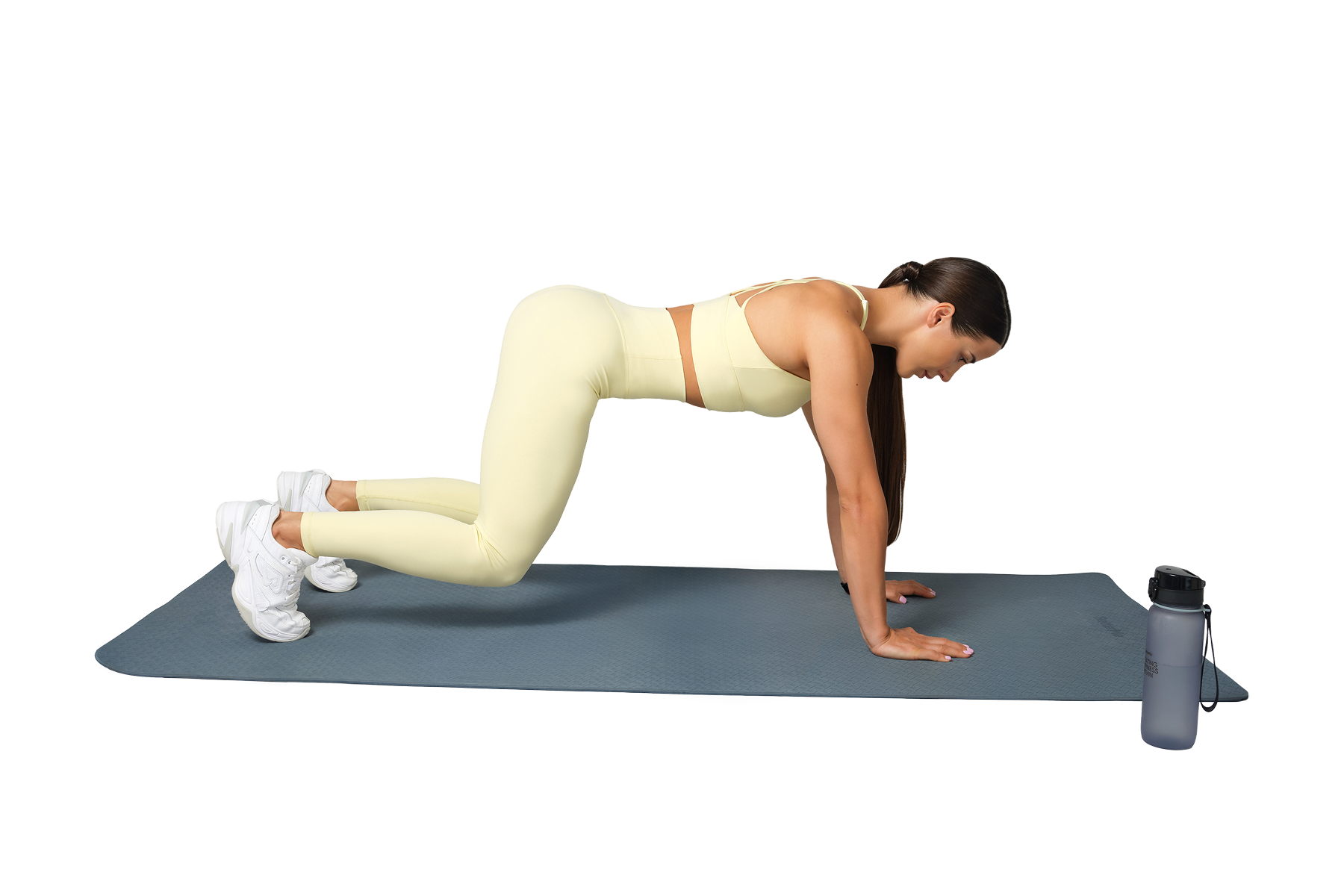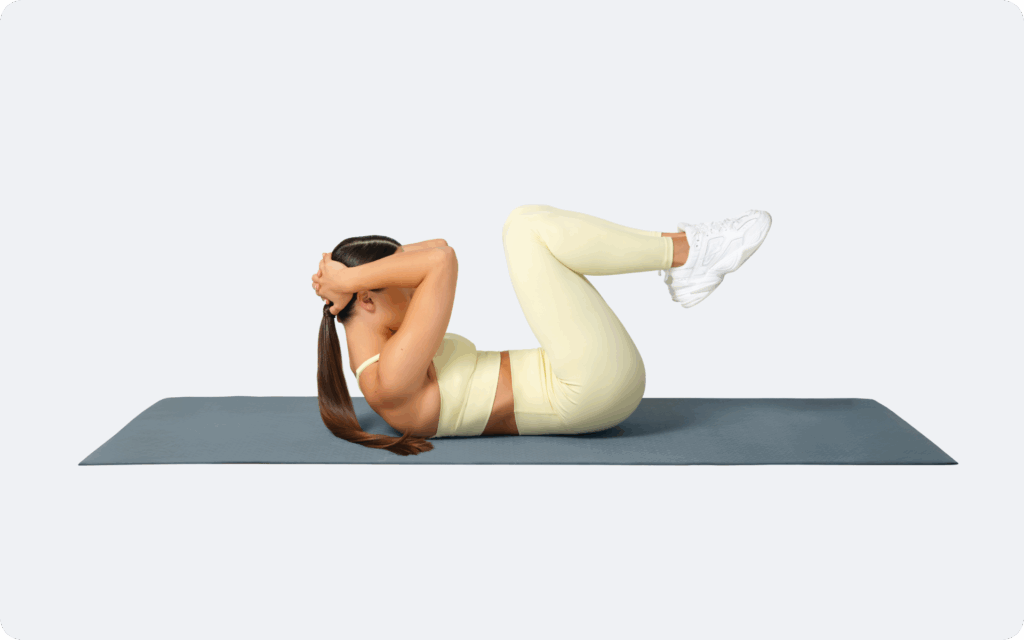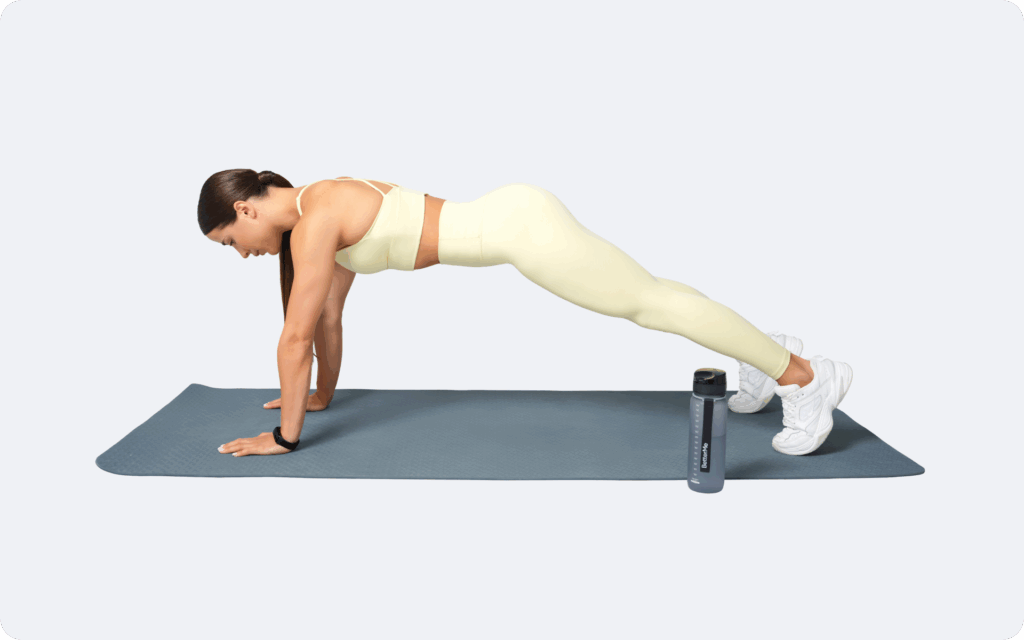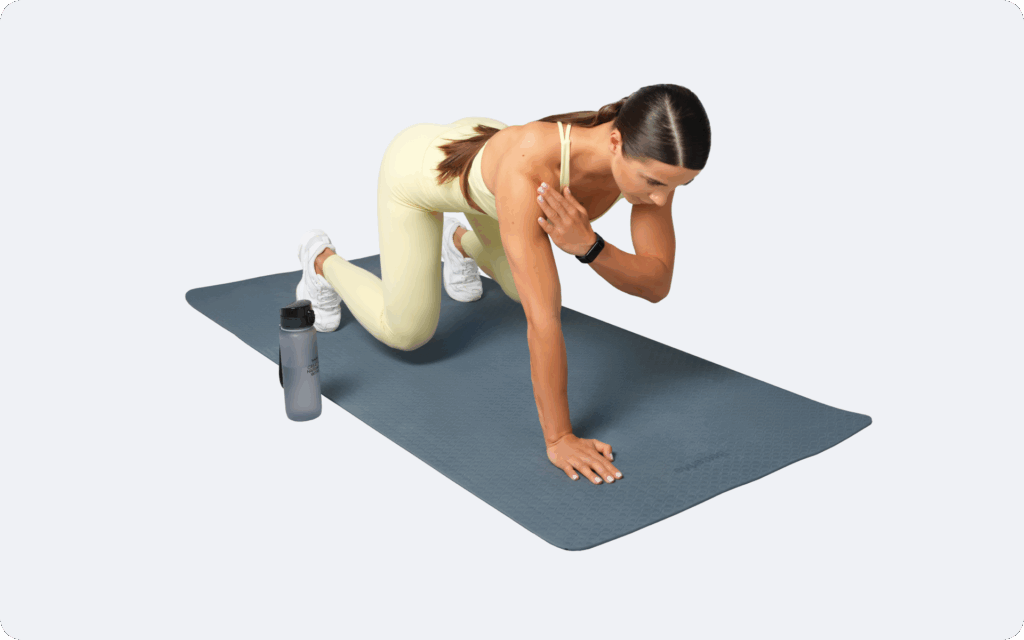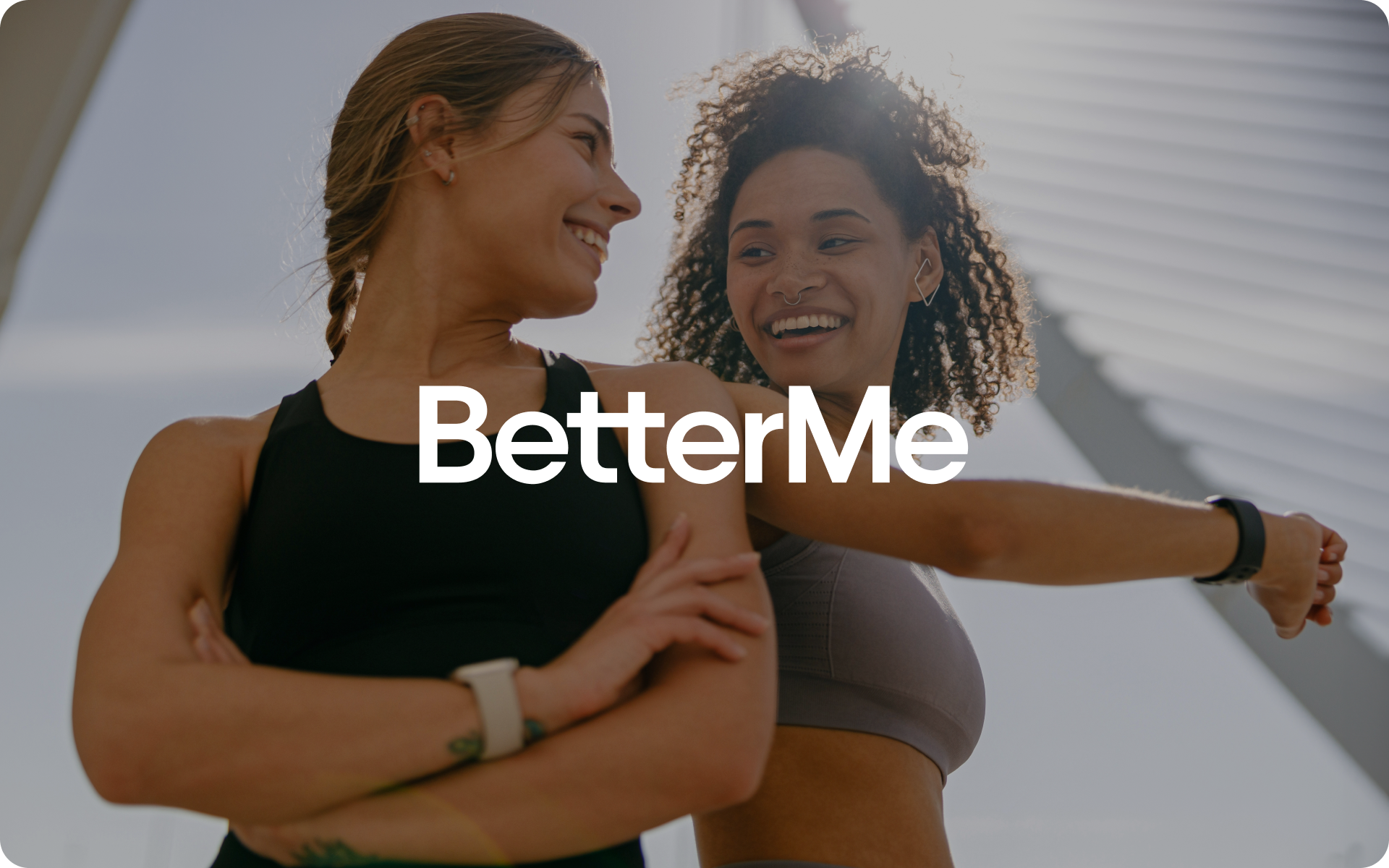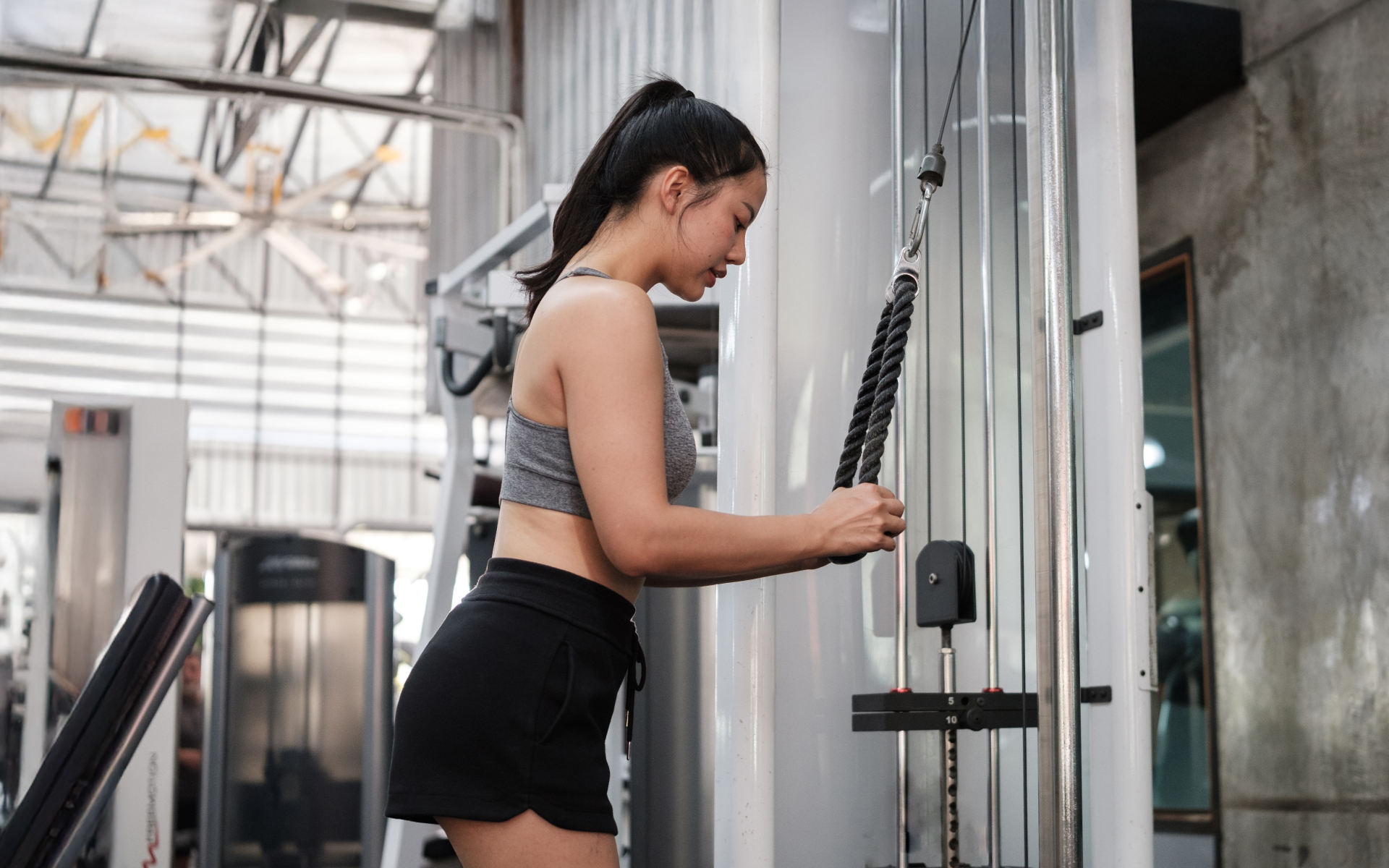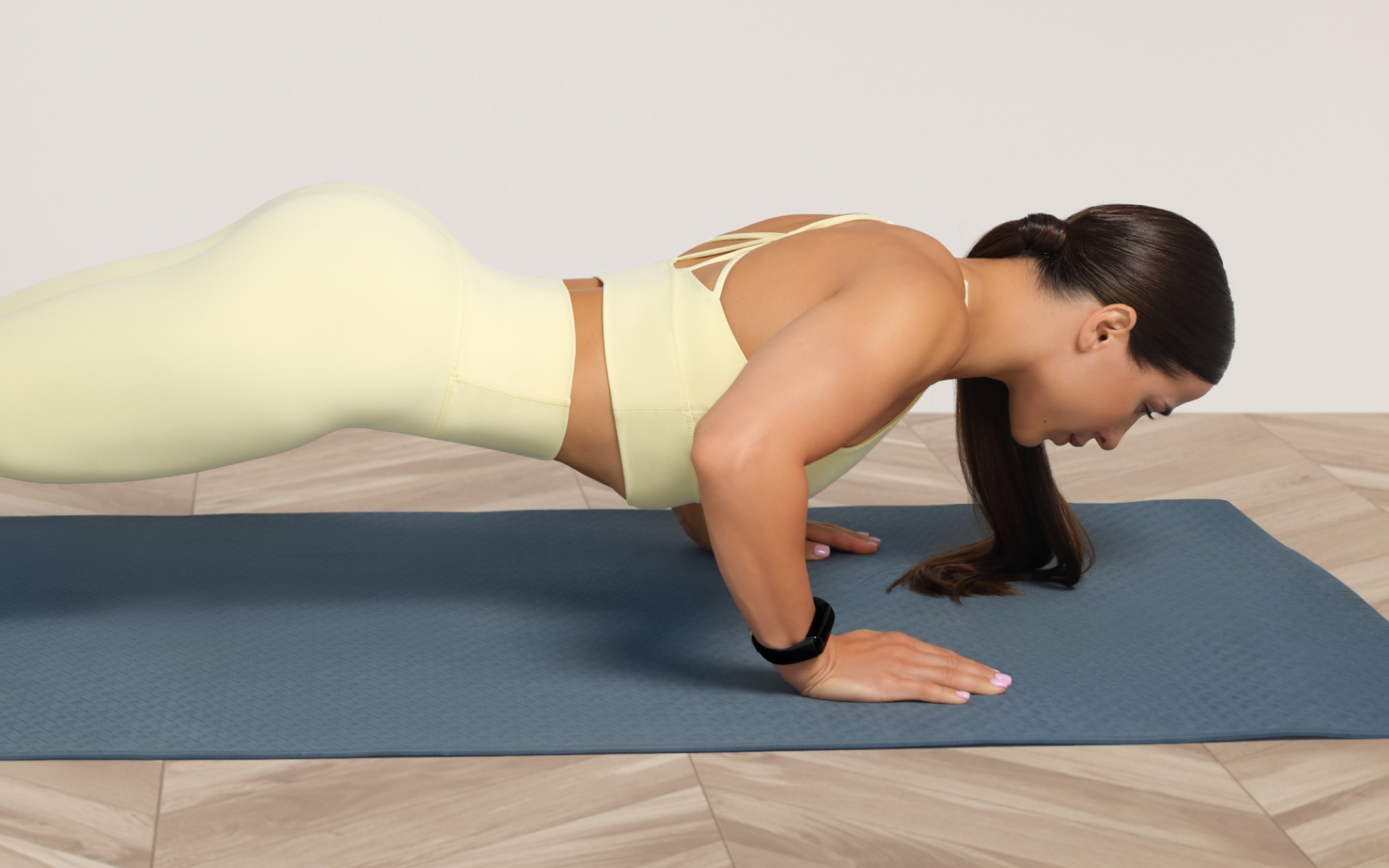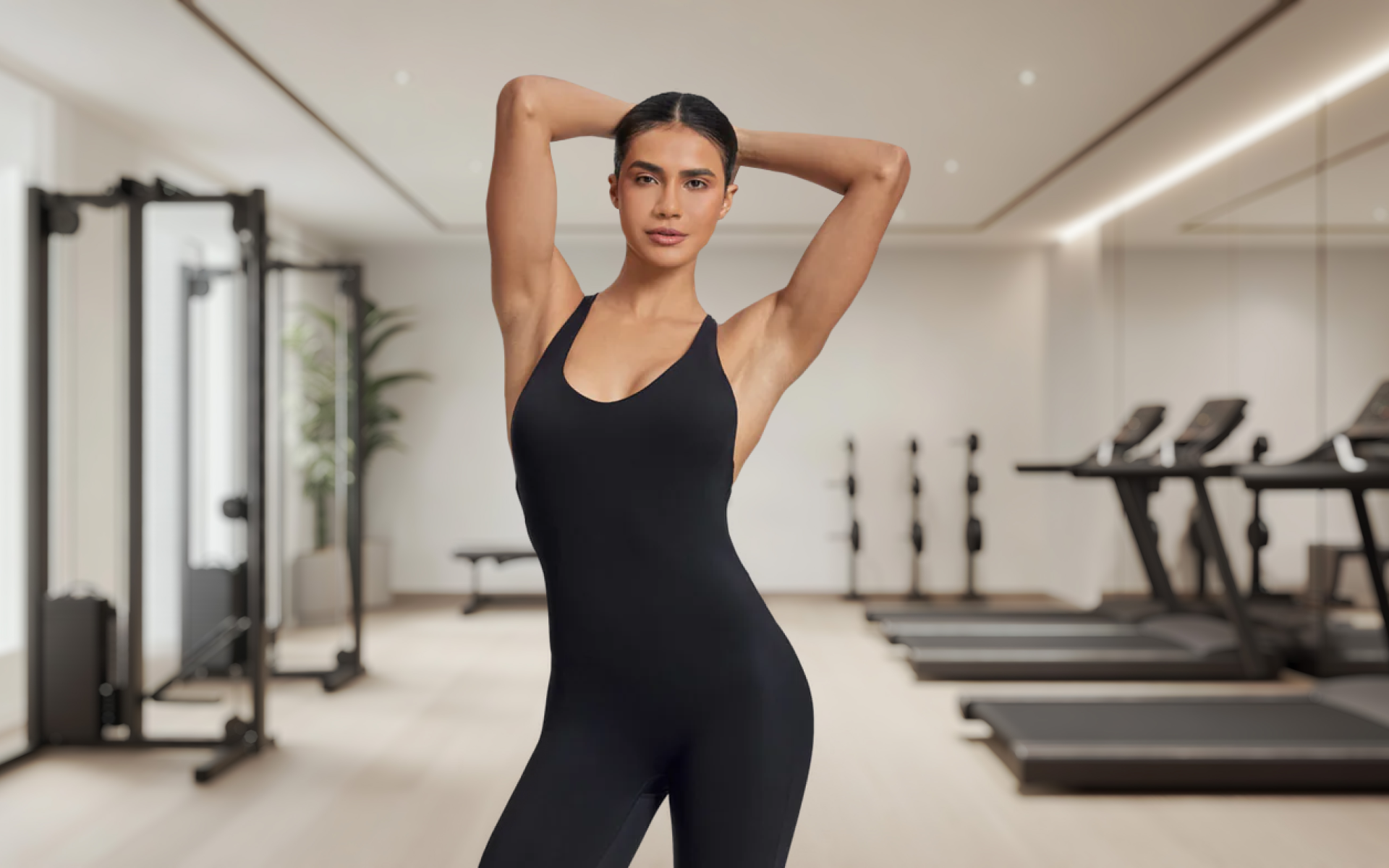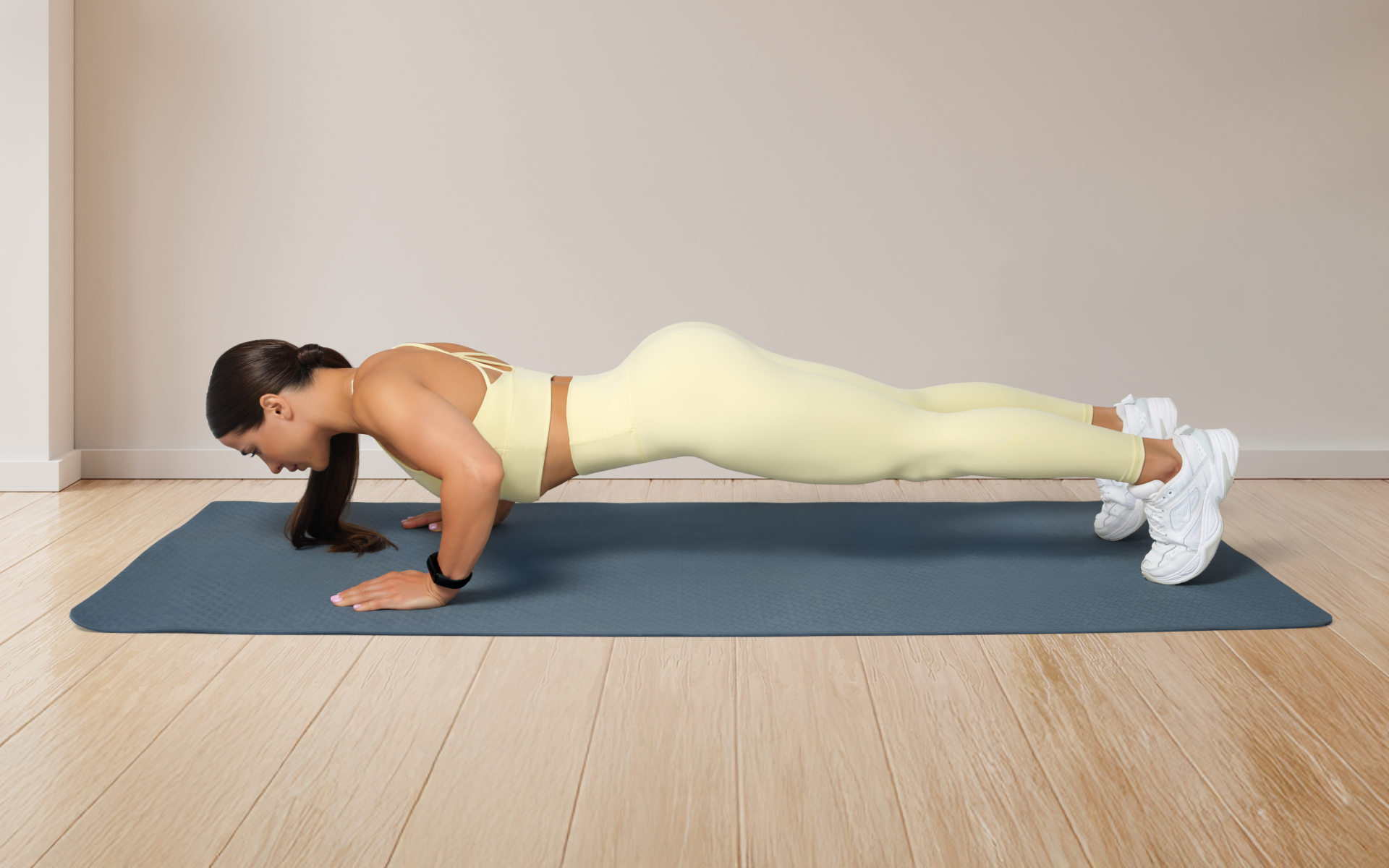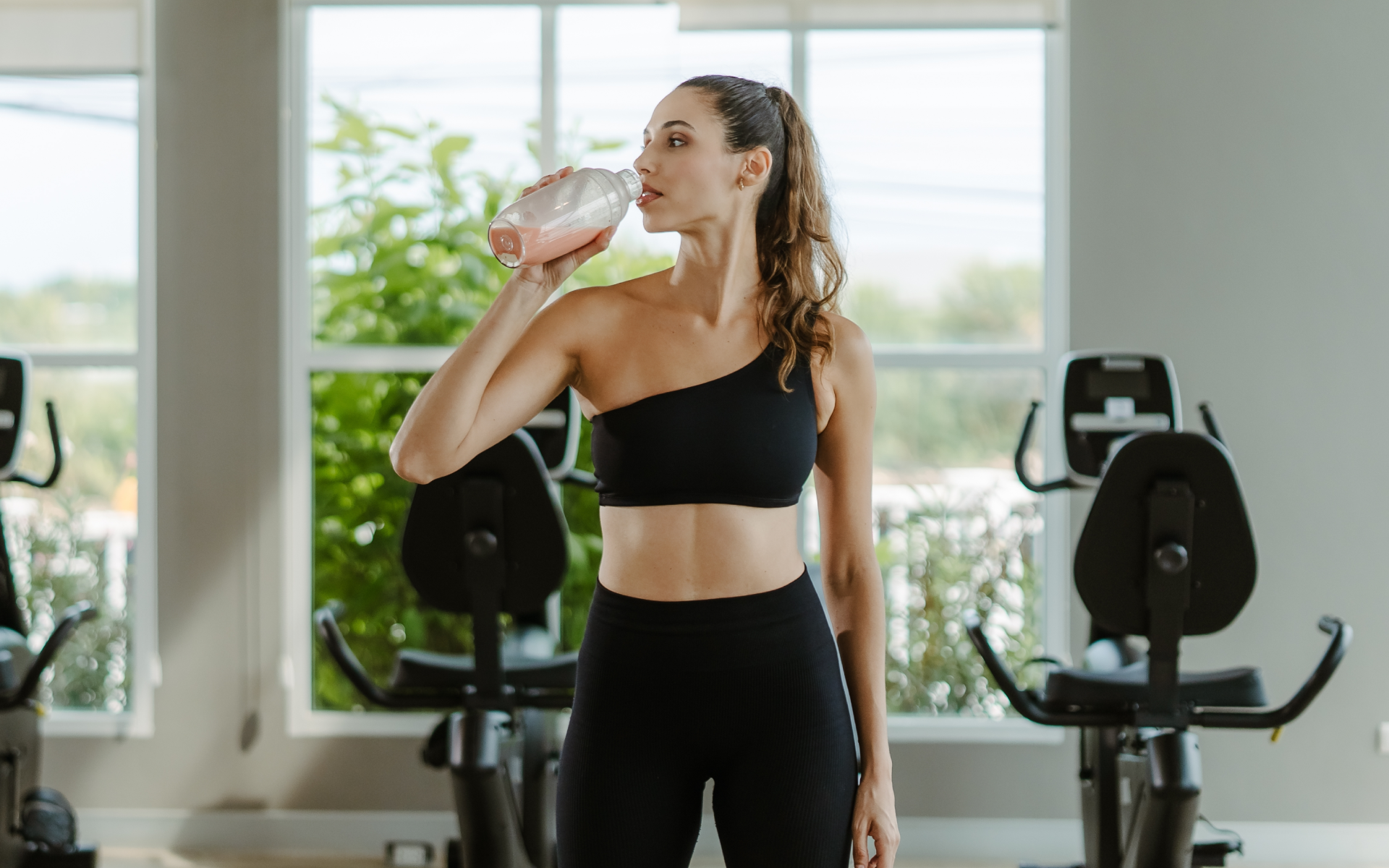Calisthenics has surged in popularity as an effective way to build muscle, boost strength, and improve endurance. Unlike fitness styles that are reliant on heavy equipment, calisthenics uses your body weight as resistance, which makes it one of the most accessible and scientifically proven training methods available.
If you’re ready to start your fitness journey but are unsure about where to begin, this guide is for you. We’ll cover everything you need to know about starting calisthenics at home, complete with a detailed workout plan designed for beginners.
What Is a Balanced Calisthenics Home Workout Plan?
A balanced calisthenics home workout plan is a structured routine that uses your body weight to train all the major muscle groups. While some advanced routines use equipment, a no-equipment plan focuses on foundational movements you can perform anywhere.
To ensure your plan is effective, you must manipulate key training variables. These include:
- Reps and Sets: Repetitions (reps) are the number of times you perform an exercise, while sets are the groups of reps. Beginners often start with lower reps and sets and gradually increase them over time as their strength develops.
- Intensity: This refers to how difficult an exercise feels. You can increase intensity by changing your body’s leverage, such as moving from kneeling push-ups to full push-ups.
- Tempo: Tempo is the speed at which you perform a rep. A slower, more controlled movement increases time under tension, which helps build muscle (1). A common tempo is “10X0”, meaning one second down, no pause, an explosive movement up, and no pause at the top.
- Rest Periods: This is the time you rest between sets and exercises. For strength, rest periods are typically longer (90 seconds to 3 minutes), while shorter rests can improve muscular endurance due to their ability to keep your heart rate elevated for a prolonged period of time (2).
- Workout Splits: This refers to how you organize your training days. A full-body routine works all the major muscles in one session, while a split routine may focus on the upper body one day and the lower body the next.
Read more: The Ultimate Full-Body Compound Workout Guide for Beginners
Can I Replace My Gym with Calisthenics?
Yes, you can absolutely replace your gym membership with a well-structured calisthenics routine. Plenty of research has confirmed that bodyweight training is highly effective for building strength, muscle, and endurance (3).
Studies have shown that calisthenics exercises such as push-ups can build muscle and strength just as effectively as traditional weightlifting exercises such as the bench press (4).
The key is to apply the principle of progressive overload, which means continually making your workouts more challenging over time. With calisthenics, you can do this by increasing reps, performing more difficult exercise variations, or reducing rest times (5).
While gym equipment offers a straightforward way to add weight, calisthenics forces you to master your own body, improving functional strength, mobility, and coordination in ways that isolated machine exercises often can’t.
If you’re looking for an effective calisthenics beginner workout plan, a bodyweight routine is an excellent starting point.
Is It Possible to Train Calisthenics at Home?
Yes, it’s entirely possible to train calisthenics effectively at home. The convenience of not needing a gym is one of the biggest advantages of this training style.
Pros of Training at Home:
- Convenience: You can work out anytime without traveling to a gym.
- Cost-Effective: You save money on gym memberships and equipment.
- Privacy: You can train in a comfortable, judgment-free environment.
Cons of Training at Home:
- Limited Progression: Without equipment such as pull-up bars, it can be more difficult to progress in certain movements, particularly pulling exercises.
- Distractions: It can be easy to get distracted by household chores, family, or entertainment.
- Lack of Motivation: Some people find the energy and community of a gym environment more motivating.
The Verdict: Training calisthenics at home is a fantastic and effective option, particularly for beginners. As you advance, you may want to invest in a few key pieces of equipment to continue progressing, but it’s not a requirement to get started and see significant results.
The BetterMe: Health Coaching app will provide you with a host of fat-frying fitness routines that’ll scare the extra pounds away and turn your body into a masterpiece! Get your life moving in the right direction with BetterMe!
Can You Build Muscle at Home with Calisthenics?
Yes, you can build a significant amount of muscle with a calisthenics home workout plan. The physiological process of muscle growth, known as hypertrophy, occurs when muscle fibers are damaged through resistance training and then repair themselves to become bigger and stronger (6).
Muscle growth occurs when you consistently challenge your muscles beyond their current capacity (6). While gym training achieves this through adding weight plates, calisthenics uses leverage manipulation and exercise progression to create similar training stimuli.
A 2017 study in Isokinetics and Exercise Science demonstrated significant improvements in muscle strength and body composition following calisthenics training interventions. Participants showed measurable increases in muscle thickness and strength gains that were comparable to traditional resistance training (7).
To build muscle with calisthenics, you need to focus on:
- Progressive Overload: Consistently challenge your muscles by increasing the difficulty of your exercises (5).
- Sufficient Volume: Perform enough sets and reps to fatigue the muscles. For hypertrophy, a range of 5-12 reps per set is generally effective (8).
- Proper Nutrition: Consume enough protein and calories to support muscle repair and growth (9).
While you may not achieve the mass of an elite bodybuilder, you can certainly develop a lean, strong, and athletic physique with calisthenics alone.
What Is the First Skill You Should Learn in Calisthenics?
While there are no strict rules, the push-up is arguably the most important foundational skill to master in calisthenics.
The push-up is a compound movement that builds strength in the chest, shoulders, triceps, and core. It might seem basic, but the push-up teaches fundamental principles that transfer to every advanced calisthenics skill: body alignment, core stability, shoulder positioning, and progressive overload understanding.
The push-up progression pathway looks like this:
- Wall push-ups: Learn basic movement pattern
- Inclined push-ups: Increase difficulty gradually
- Knee push-ups: Build toward full body weight
- Full push-ups: Master standard form
- Elevated feet push-ups: Add advanced challenges
However, the best skill to start with is one that is aligned with your goals and that you enjoy. If you’re excited about learning to do pull-ups, start with pulling progressions. The most important thing is to stay consistent and motivated on your journey.
What Is a Beginner-Friendly Calisthenics Home Workout Plan?
This calisthenics home workout plan for beginners is designed to build foundational strength across your entire body. Perform this workout three times a week on non-consecutive days (e.g. Monday, Wednesday, Friday) to allow for adequate recovery.
Program Structure:
- Sets: 3 per exercise
- Reps: 6-12 (start with lower numbers and progress)
- Rest between exercises: 60-90 seconds
- Rest between workouts: 24-48 hours
- Training frequency: 3 days per week (example: Monday, Wednesday, Friday)
Bodyweight Squat
Target muscles: Quadriceps, glutes, hamstrings, calves
Steps to perform:
- Stand with your feet shoulder-width apart and your toes slightly turned out.
- Extend your arms forward for balance or place your hands on your hips.
- Lower your body by bending at the hips and knees, keeping your chest up.
- Descend until your thighs are parallel to the floor.
- Drive through your heels to return to the starting position.
- Keep your knees tracking over your toes throughout the movement.
Front Lunge
Target muscles: Quadriceps, glutes, hamstrings, calves
Steps to perform:
- Stand upright with your hands on your hips or at your sides.
- Step forward with one leg, lowering your hips until both knees bend at 90 degrees.
- Keep your front knee directly above your ankle, not pushed out past your toes.
- Keep your torso upright and your core engaged.
- Push back to the starting position using your front heel.
- Complete all reps on one leg before switching sides.
Calf Raises
Target muscles: Gastrocnemius, soleus (calf muscles)
Steps to perform:
- Stand upright with your feet hip-width apart.
- Place your hands on a wall or chair for balance if needed.
- Rise up onto the balls of your feet by contracting your calf muscles.
- Hold peak contraction for 1-2 seconds.
- Lower slowly back to the starting position.
- Keep your movement controlled and focus on full range of motion.
Kneeling Push-Ups
Target muscles: Chest, shoulders, triceps, core
Steps to perform:
- Start in the plank position, then lower your knees to the ground.
- Keep a straight line from your knees to your head.
- Place your hands slightly wider than shoulder-width apart.
- Lower your chest toward the floor by bending your elbows.
- Push back up to the starting position.
- Keep your core tight throughout the entire movement.
Inverted Rows
Target muscles: Latissimus dorsi, rhomboids, rear deltoids, biceps
Steps to perform:
- Lie under a sturdy table or between two chairs.
- Grab the table edge or the chair seats with an overhand grip.
- Keep your body straight from your heels to your head.
- Pull your chest toward your hands by squeezing your shoulder blades.
- Lower slowly back to the starting position.
- Adjust your body angle to modify the difficulty.
Bear Crawls
Target muscles: Core, shoulders, quadriceps, hip flexors
Steps to perform:
- Start on your hands and knees with your knees hovering 2 inches off the ground.
- Keep your back flat and your core engaged.
- Move forward by stepping with the opposite hand and foot.
- Take small, controlled steps, maintaining knee hover.
- Continue for 10-15 steps forward, then reverse.
- Focus on stability rather than speed.
BetterMe: Health Coaching app helps you achieve your body goals with ease and efficiency by helping to choose proper meal plans and effective workouts. Start using our app and you will see good results in a short time.
Crunch
Target muscles: Rectus abdominis (front core)
Steps to perform:
- Lie on your back with your knees bent and your feet flat on the floor.
- Place your hands behind your head or across your chest.
- Engage your core and lift your shoulder blades off the ground.
- Focus on bringing your ribs toward your pelvis.
- Hold briefly at the top, then lower slowly.
- Avoid pulling on your neck or using momentum.
Bicycle Crunch
Target muscles: Rectus abdominis, external obliques
Steps to perform:
- Lie on your back with your hands behind your head and your legs lifted.
- Bring your right elbow toward your left knee while extending your right leg.
- Switch sides, bringing your left elbow toward your right knee.
- Continue alternating in a controlled cycling motion.
- Focus on rotation through your core, not neck movement.
- Keep your lower back pressed against the floor.
Plank
Target muscles: Core, shoulders, glutes
Steps to perform:
- Start in a push-up position with your forearms on the ground.
- Keep a straight line from your head to your heels.
- Engage your core, glute, and leg muscles.
- Hold the position for 20-60 seconds (build gradually).
- Breathe normally throughout the hold.
- Focus on quality over duration.
For another effective no-equipment routine, explore this home calisthenics workout.
What Do I Need for Calisthenics at Home?
Begin equipment-free to build fundamental strength and movement patterns. As you advance, minimal equipment additions will provide significant training benefits without cluttering your space or exceeding your budget.
Essential equipment for home calisthenics progression:
- Pull-up bar: Enables vertical pulling movements impossible with bodyweight alone. Options include doorway bars, wall-mounted units, or freestanding stations. This single addition unlocks dozens of upper-body exercises.
- Suspension trainer: Provides adjustable resistance for pushing, pulling, and core exercises. The bodyweight loading system allows infinite difficulty adjustments by changing the body angle.
- Resistance bands: Add variable resistance to bodyweight movements and enable assisted variations of advanced skills. Useful for warm-ups, strength training, and skill development.
- Parallettes (mini parallel bars): Support advanced pushing movements, handstand practice, and L-sits. These low bars protect wrists while enabling movements that are impossible on the floor.
- Yoga mat: Provides cushioning for floor exercises, prevents slipping, and defines your workout space. Essential for core work, stretching, and skill practice.
- Rings (gymnastics rings): The ultimate calisthenics tool offering unlimited exercise variations and progressive difficulty adjustments. Mount to pull-up bars or ceiling anchors.
Space-saving solutions:
Most effective home setups use multi-functional equipment that can be stored easily. A doorway pull-up bar, suspension trainer, and resistance band set provide comprehensive training options while occupying minimal space.
Investment timeline:
Start with zero equipment and master fundamental bodyweight movements. Add a pull-up bar after 4-6 weeks when you’ve developed baseline strength. Introduce additional tools based on your specific interests and progression needs.
The goal isn’t accumulating equipment but strategically expanding your movement vocabulary to support long-term progression and prevent plateaus.
Read more: Lower-Body Gym Workout for Female Beginners: Complete Guide
How Many Days a Week Should a Beginner Do Calisthenics?
A beginner should aim to do a full-body calisthenics routine three days a week on non-consecutive days. This frequency provides enough stimulus for muscle and strength gains while allowing for 48 hours of recovery between sessions, which is essential for preventing injury and burnout (10).
As you become more advanced, you can switch to a split routine, training four to five days a week by focusing on different muscle groups each day.
Discover more details on structuring your routine with this guide on calisthenics for beginners at home.
Yes, you can do calisthenics without a gym. The foundation of calisthenics is bodyweight exercise, which can be performed anywhere with minimal to no equipment. It depends on your personal preference. The home offers convenience and saves money, while a gym provides access to more equipment and a potentially more motivating environment. Both are excellent options for an effective workout. Calisthenics is a full-body discipline, so a balanced approach is best. However, a strong core is crucial, as it provides the stability needed for almost every movement. Chest, back, and shoulder muscles are also essential for pulling and pushing exercises. This depends on your primary goal. If you want to build muscle and strength (bulk), you’ll need to eat in a calorie surplus. If your goal is to lose fat and reveal muscle definition (cut), you’ll need to be in a calorie deficit. You can still gain strength while cutting, but muscle growth will be slower.Frequently Asked Questions
Can I do calisthenics without a gym?
Is it better to do calisthenics at home or the gym?
Which muscles are most important for calisthenics?
Should I bulk or cut when doing calisthenics?
The Bottom Line
Calisthenics offers a powerful and accessible path to building a strong, functional, and aesthetic physique. By starting with the fundamentals and consistently applying progressive overload, you can achieve remarkable fitness results from the comfort of your own home. This beginner-friendly workout plan is the perfect starting point to unlock your body’s potential.
DISCLAIMER:
This article is intended for general informational purposes only and does not serve to address individual circumstances. It is not a substitute for professional advice or help and should not be relied on for making any kind of decision-making. Any action taken as a direct or indirect result of the information in this article is entirely at your own risk and is your sole responsibility.
BetterMe, its content staff, and its medical advisors accept no responsibility for inaccuracies, errors, misstatements, inconsistencies, or omissions and specifically disclaim any liability, loss or risk, personal, professional or otherwise, which may be incurred as a consequence, directly or indirectly, of the use and/or application of any content.
You should always seek the advice of your physician or other qualified health provider with any questions you may have regarding a medical condition or your specific situation. Never disregard professional medical advice or delay seeking it because of BetterMe content. If you suspect or think you may have a medical emergency, call your doctor.
SOURCES:
- The Influence of Movement Tempo During Resistance Training on Muscular Strength and Hypertrophy Responses: A Review (2021, link.springer.com)
- Rest interval between sets in strength training (2009, pubmed.ncbi.nlm.nih.gov)
- The advantages of body-weight exercise (2024, health.harvard.edu)
- Effect of Progressive Calisthenic Push-up Training on Muscle Strength and Thickness (2018, journals.lww.com)
- Progressive overload without progressing load? The effects of load or repetition progression on muscular adaptations (2022, pubmed.ncbi.nlm.nih.gov)
- Molecular Mechanisms of Skeletal Muscle Hypertrophy (2021, pmc.ncbi.nlm.nih.gov)
- The effects of a calisthenics training intervention on posture, strength and body composition (2017, journals.sagepub.com)
- Loading Recommendations for Muscle Strength, Hypertrophy, and Local Endurance: A Re-Examination of the Repetition Continuum (2021, mdpi.com)
- Editorial: Nutritional Strategies to Promote Muscle Mass and Function Across the Health Span (2020, frontiersin.org)
- Effects of Resistance Training Frequency on Measures of Muscle Hypertrophy: A Systematic Review and Meta-Analysis (2016, link.springer.com)
